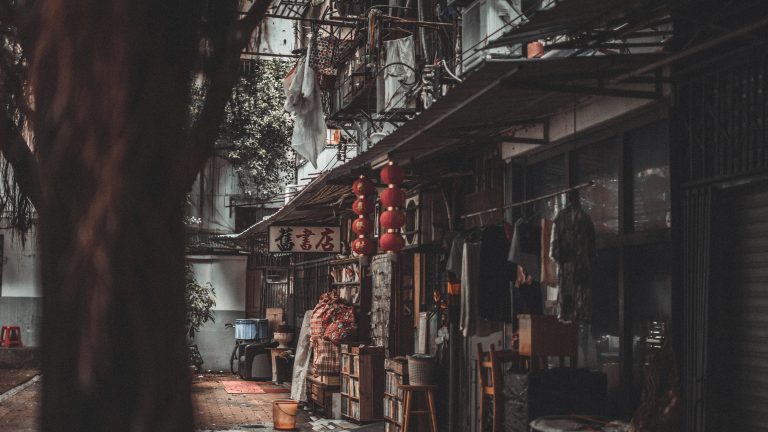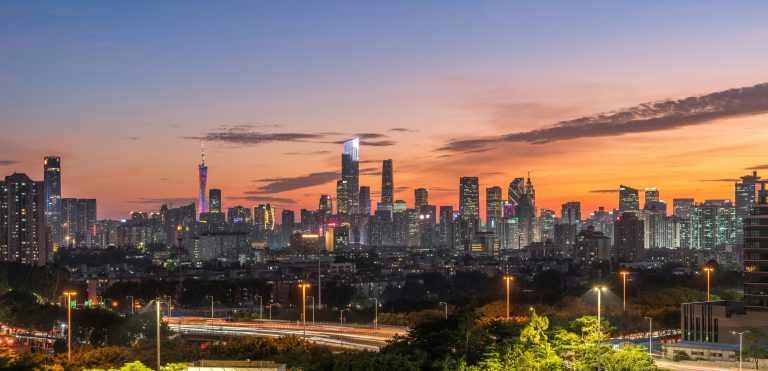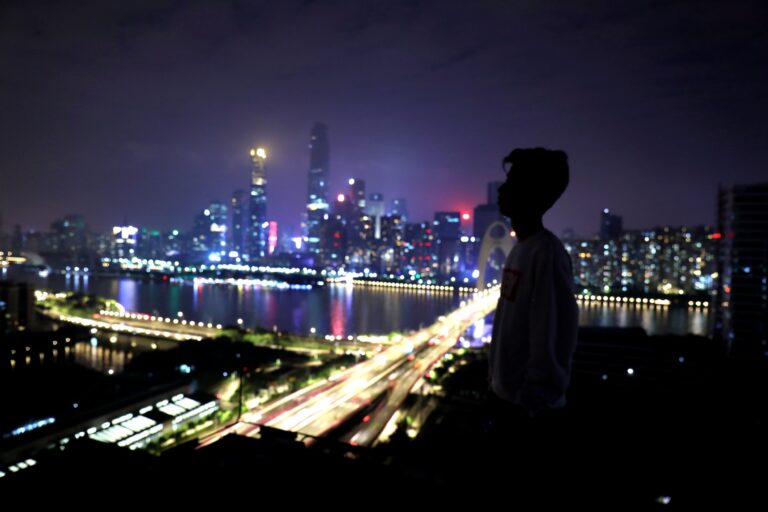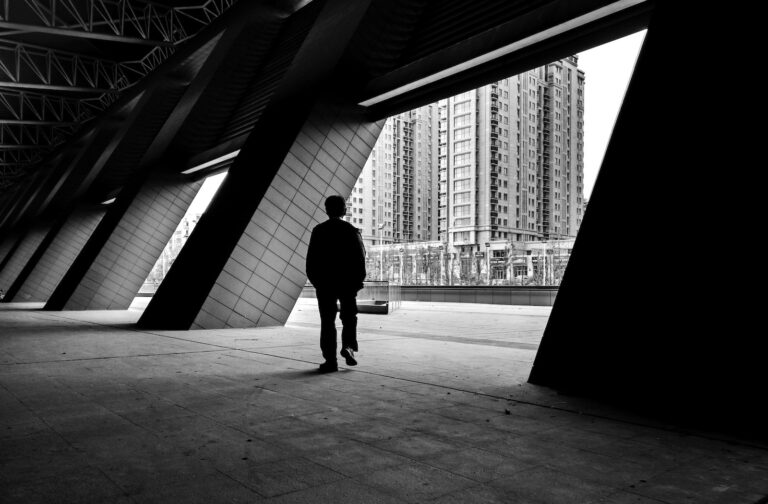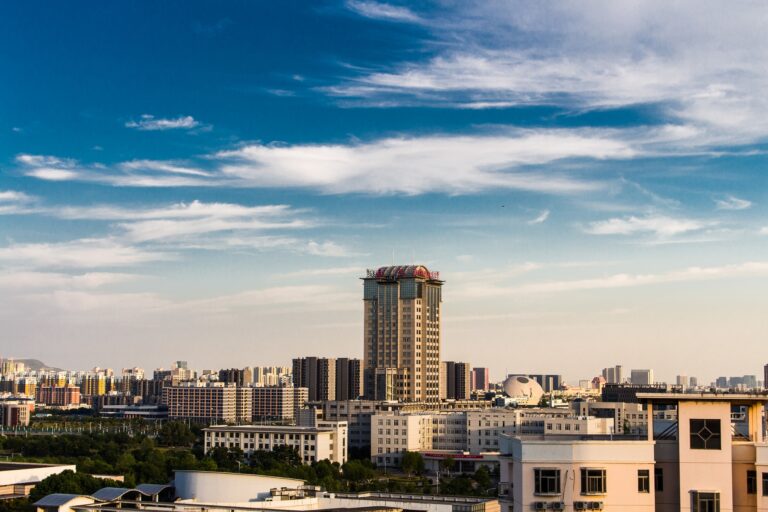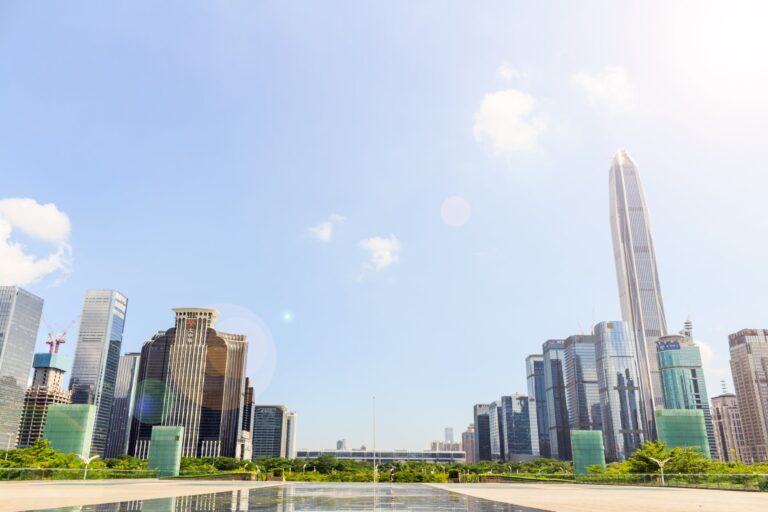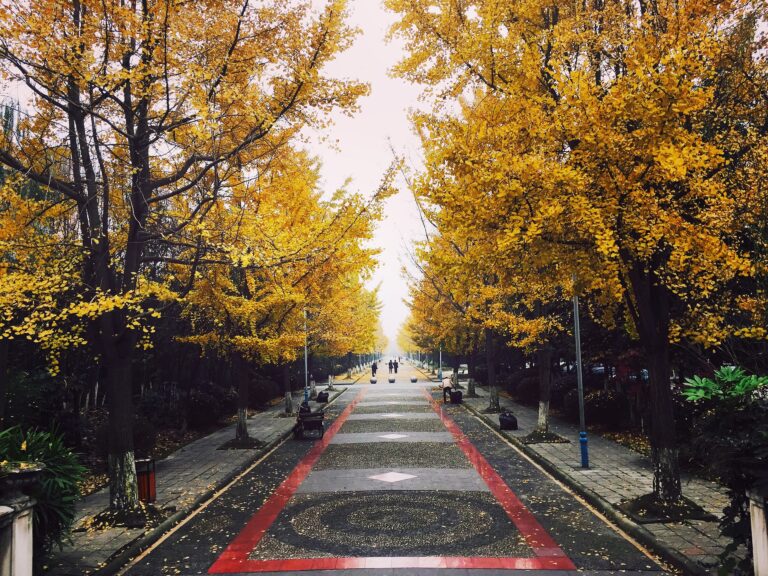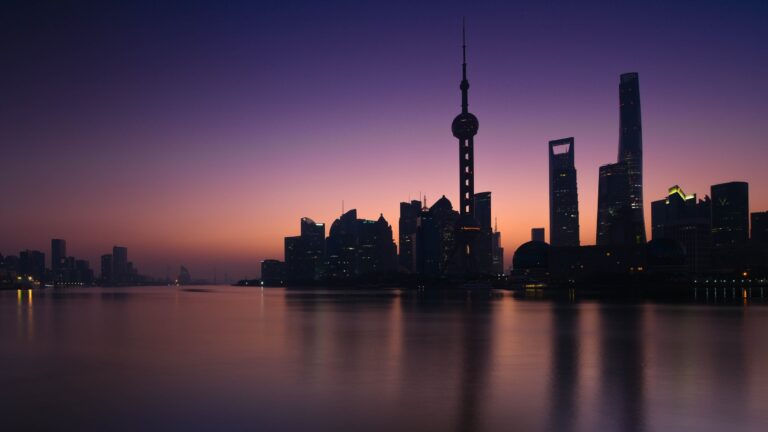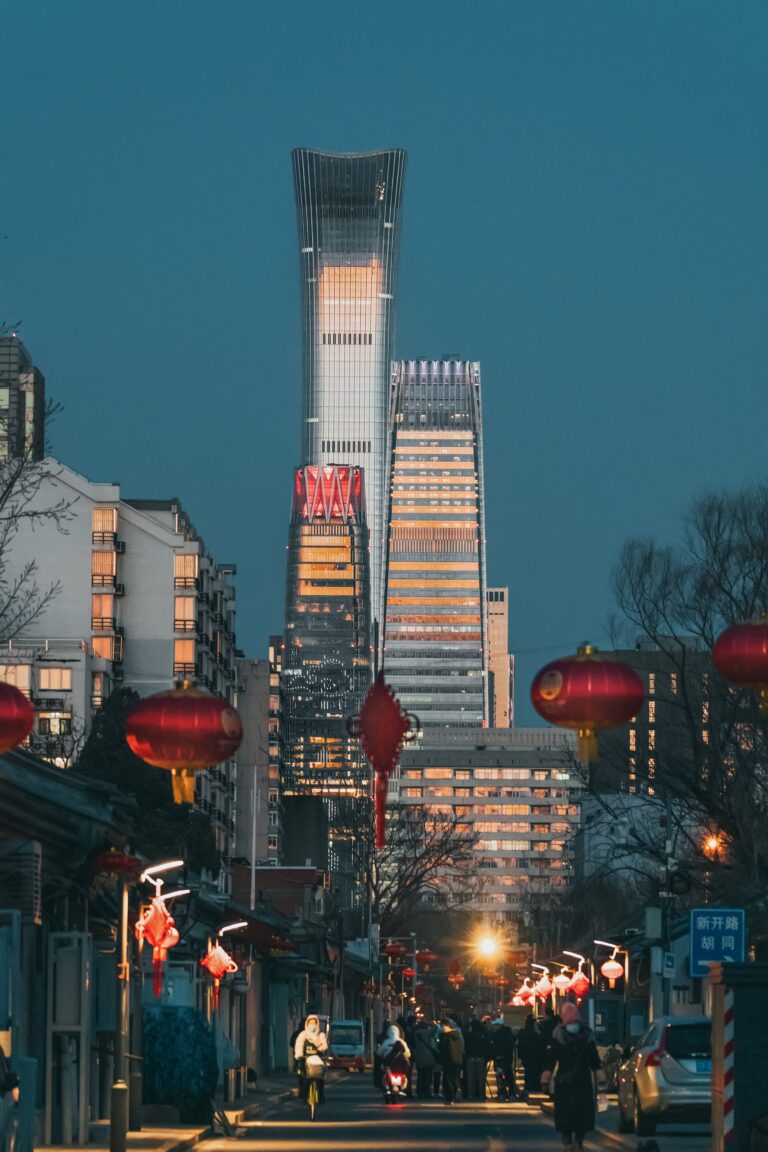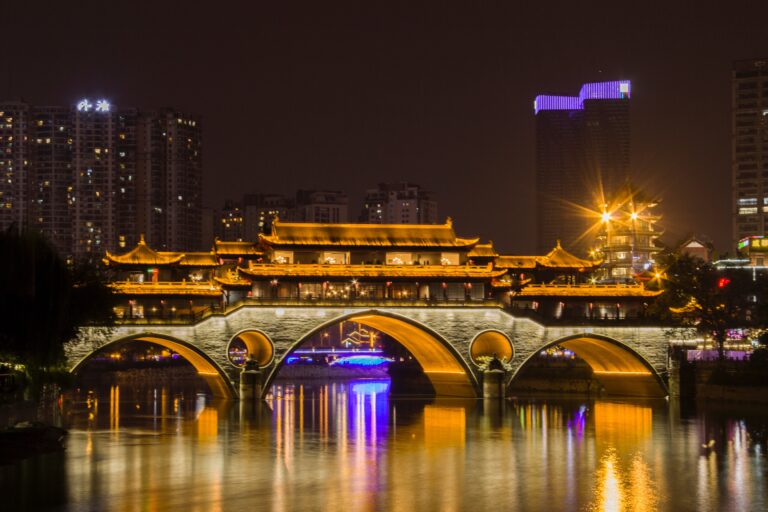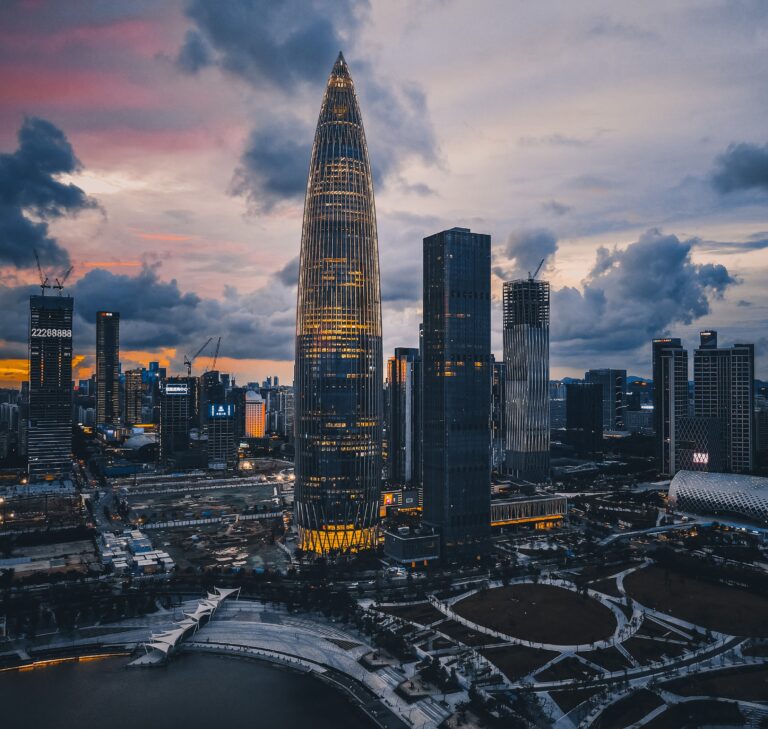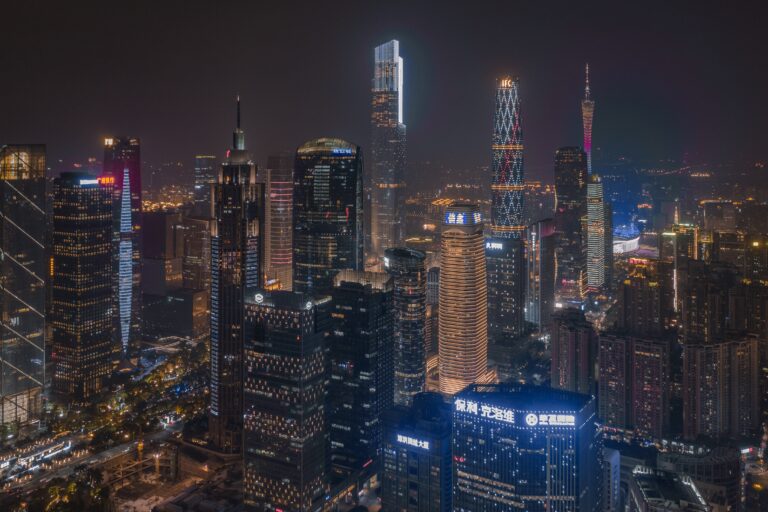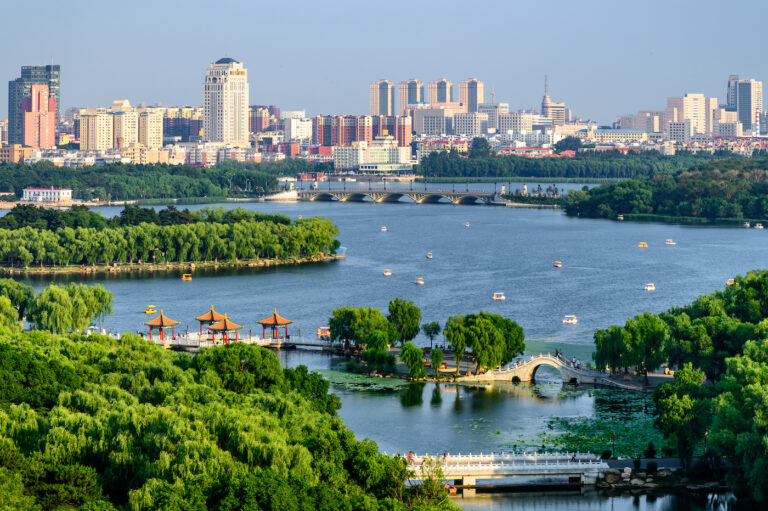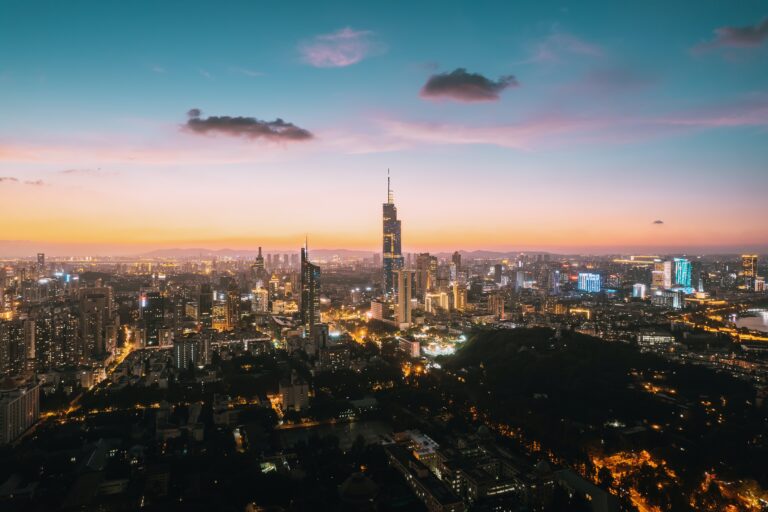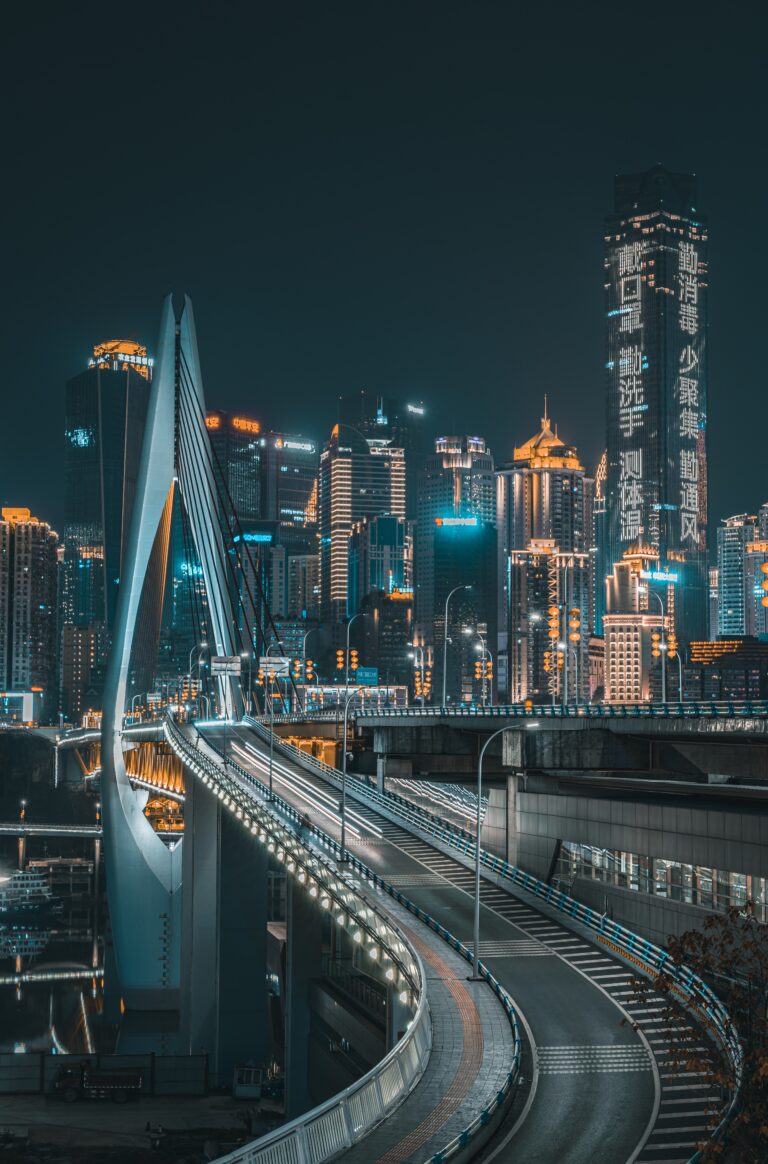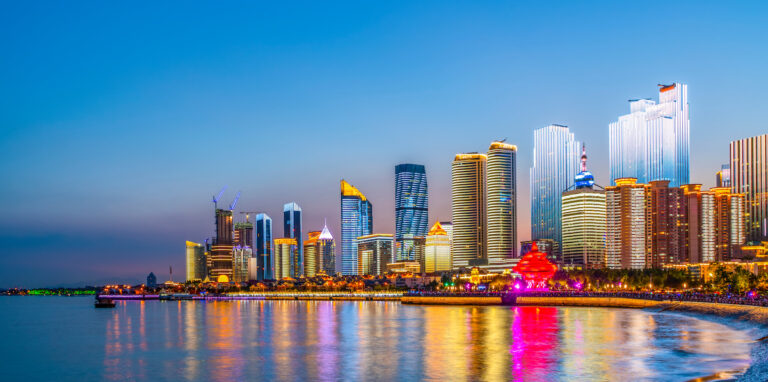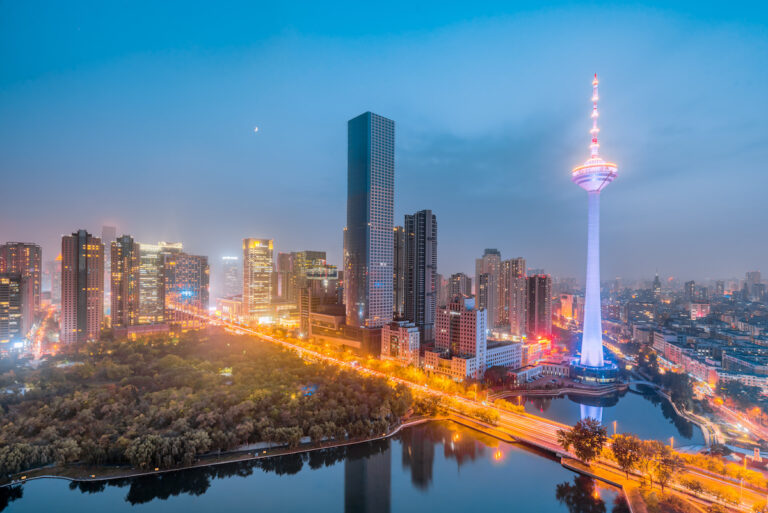
CP editor’s note: Shortly after the implementation of the new regulation at the beginning of 2018, an extensive interview took place with two of the house church’s leading voices – Wang Yi in Chengdu and Gao Zhen in Beijing. A transcript of the interview was published online in China in order to provide the house church with material upon which to reflect and pray, so that there might be a unified response to the regulations among the house churches going forward.
In this interview, the pastors discuss the government’s motivations behind the regulations; questions concerning whether house churches should break up into small fellowship groups; how ecclesiology influences house church responses to the regulations; what testimony the house church is presenting to Chinese society; and why house churches in big urban centers must take the heat for small rural churches.
China Partnership initially translated and published the full interview last year, and is reposting now in smaller sections for deeper consideration in the light of the increased persecution of the house church in the past year. This fourth portion of the interview discusses how the church testifies to society of the gospel in times of persecution and suffering.
-
Read the first portion of the series here.
-
Read the second portion of the series here.
-
Read the third portion of the series here.
-
Read the fifth portion of the series here.
-
You can also read the original Chinese here.
We suggest that you read more about the new regulations before reading this interview if you do not yet have a basic understanding of the changes.
Grace to City editor’s note: On February 1, 2018, the New Regulations on Religious Affairs (abbreviated as the New Regulations) came into effect.
What does this mean for the Chinese house churches? How should the Chinese house churches face this external challenge? “The New Regulations are unconstitutional;” “we should continue large-group worship”; “no we should downgrade into small groups” …With so many different opinions, Grace to City invited Pastor Gao Zhen and Pastor Wang Yi for a discussion on this issue. This conversation is not an analysis of the content of the New Regulations, but a gospel-centered reflection on the church’s attitude, posture and strategy from a theological level, based on our doctrines of the church (ecclesiology) and salvation (soteriology).
For special reasons, pastors who adopted a small-group approach were not able to join our conversation today. Unfortunately, we were not able to have a dialogue between these different points of view because we are missing another voice. This forum is far from being all inclusive. We look forward to a deeper, broader discussion about this issue in the future.
Interview Host: We talked about ecclesiology, first from a holistic view of salvation – that is the relationship between the doctrine of man and the doctrine of salvation. We develop a theology of worship based on our ecclesiology; we need to maintain corporate worship.
Second, we looked at ecclesiology from the perspective of God’s kingdom and authority. The realm of God’s kingdom and authority is the human soul; every person is responsible to God. The church directs God’s people through God’s Word, God’s sovereignty, Christ, and the shepherding of the Holy Spirit. This type of boundary is different from that of the government.
The government has the power of the sword, but the sword should not infringe upon the boundary of God’s sovereignty. Therefore, when the government attempts to intervene with churches’ administration through its authoritative words, yet before they misuse the sword to persecute the church, some churches already voluntarily scatter or adopt certain strategies to retreat, without any confrontations with the sword. When the two kingdoms’ boundaries have not yet been revealed, when the swords of the two kingdoms have not yet been crossed, some churches voluntarily give up – this is not the way of the cross.
In other words, this church-state boundary and the two kingdoms are revealed during the expansion of God’s kingdom, under government’s persecution with the sword, on the way to the cross, and the marks of the cross. Through this revelation, we can clearly see the manifestation of the church and the kingdom. In some ways this is the only way to see the marks of the cross; this is truly the way of the cross. Basically, you just explained an ecclesiology from the perceptive of the kingdom, and the way and marks of the cross from the perspective of the boundary of God’s kingdom.
Wang Yi: Another perspective would be from that of evangelism and testimony. We must consider, as the church responds to the new regulations, what kind of testimony is the church presenting to the whole of Chinese society. In today’s Chinese society, while the church is not always at its best, it still has a pretty good reputation among the Chinese people.
In traditional Chinese culture and society there is one group of people who, with no practical (economic or political) gain in mind, would hold on to their conscience and pursuit of faith to the point that even government persecution could not force them to give up. Moreover, they would express their goodwill by reacting not in violence but in gentleness. In the Chinese society, only the Chinese church has this type of testimony in the past few decades.
Yet the testimonies of the house churches were not well known by the majority of Chinese society. How many people knew of Yuan Xiangchen (Allen) or Wang Mingdao? Their testimonies were limited to a very isolated system; but the situation for the house churches today is very different. With tens of millions of believers, today’s house churches are becoming more known by Chinese society.
I do not know exactly how many Chinese people have known of admirable Christians like Wang Mingdao; I would guess no more than ten million. But today at least 200 to 500 million Chinese people know about house churches. Moreover, with the social changes in the past ten to twenty years, more and more Chinese, including those who pursue freedom and democracy and care for society, have gradually come to see the testimonies of the house churches. These are all brave people who hold onto freedom of conscience. The house churches are different in a sense that we do not take to the streets or resist with political campaigns. The church is by nature low-profile, obedient, and gentle. Today we have an opportunity to respond to a massive persecution brought by the new regulations.
The problem with testimonies from the past are, first, not very many people know about them, and second, they are in the past. But how the Chinese house churches react to the new regulations and bear witness for Christ today could have an unimaginably positive influence on the future of the gospel movement in China.
Interview host: To summarize what Pastor Gao and Pastor Wang have shared, we see from four different perspectives why you choose to continue large-group worship and follow the way of the cross.
First, Pastor Gao mentioned that the functional unity of the church, particularly the preaching of the word, the administrations of sacraments and church discipline, and the purpose of the church, all need to happen within a full church body.
Second, Pastor Wang mentioned the perspectives of ecclesiology and the unity between ecclesiology and salvation. The church is an organic, unified body; rather than easily giving up the fullness of the body, we walk the way of the cross.
Third, from the perspective of kingdom sovereignty, the sovereign boundary that God gives to the church is that of the kingdom. By following the way of the cross and the marks of the cross, we will demonstrate that our boundary is different from that of the world.
Fourth, the perspective of bearing witness to society and representing Christianity as a church. Our willingness to suffer is a testimony to our present age.
These are the four main reasons why you want to continue large-group worship.
Wang Yi: I would like to add one more perspective that Pastor Gao has already mentioned.
Fifth, churches in big cities must stand up for churches in smaller cities and villages.
From a biblical view of the church, I think it is wrong for any congregation to consider reacting to the new regulations solely on the ground of its own benefit or loss. Any decisions from that basis would be wrong. The decisions have to be made from a kingdom perspective – that churches in all of China are Christ’s body. We are one church.
There is one issue with this perspective: urban churches tend to endure more pressure than rural churches; churches in medium-sized cities tend to endure more pressure than churches in second and third-tier cities.
“Churches in big cities must stand up for churches in smaller cities and villages.” -Wang Yi
Over the past ten years many urban churches have begun to emerge in cities such as Beijing, Shanghai, Wuhan, and Chengdu, with public gatherings of over a hundred believers outside of their homes (some even climb up to three hundred or more, but usually they are between one and two hundred). We don’t know what the goals or final results of the current government persecution are. Is it targeted to crack down on congregations with over a thousand believers and leave those with a hundred alone, or is to crack down those with a hundred and leave those with fifty alone? We have no idea.
From this perspective we realize why churches in Beijing, Shanghai, and Chengdu must stand firm, because this is your responsibility. You stand among your brothers and sisters; you stand within the body of Christ all over this country; if you are quick to give up, churches in smaller cities will give up even more. If your congregation of two hundred members gives up easily without persecution from the sword or political authority, a church of fifty in a smaller city will have to give up to avoid imprisonment. If you can hold on, a church of fifty in smaller cities may be okay.
Only those with over a hundred members (i.e. larger congregations) are conspicuous. All the churches in this country are part of the body of Christ, one church. In this storm, you must hold on for your brothers. You cannot only think of your own congregation.
You must consider your response: you have come to your privileged position as a church in the capital, in the provincial capital, or in an urban center, and enjoy so much common grace from God; but it may be that God will also use you to stand up for your brothers, to hold on against the sword and the authorities. This is a crucial burden for the whole body of Christ.
English translation provided by the China Partnership translation team. Please refer to our reposting guidelines for permission to share on your blog or website.
